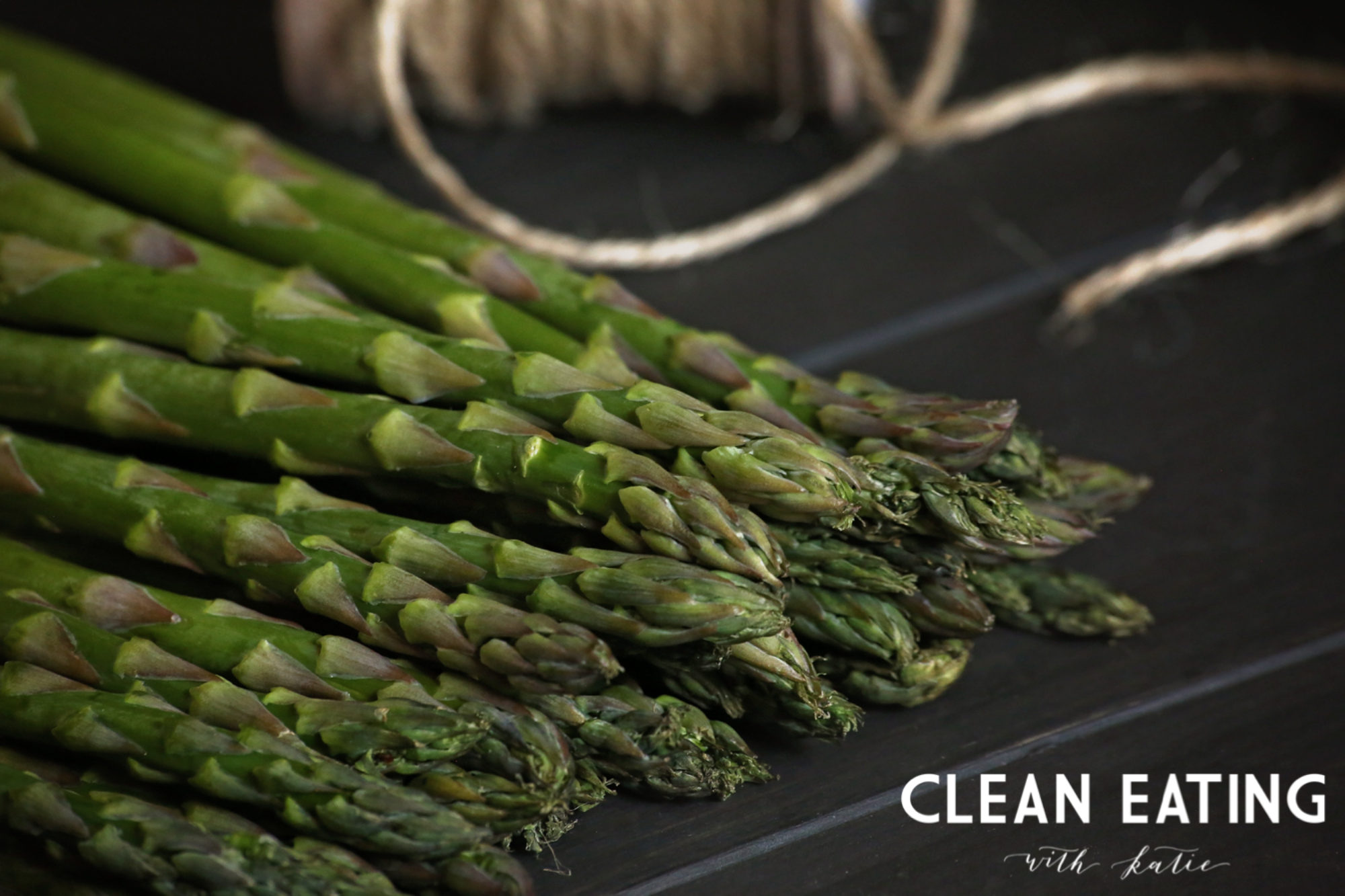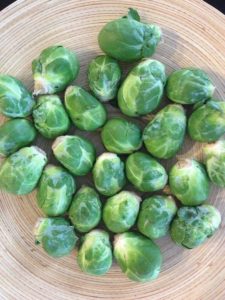Persimmons are not a “new” food for me, however, I’m not a big fan of them. This is probably the only fruit that I don’t really like. From what I gather, if you grew up eating them (probably because you had a tree in your yard – at here in silicon valley), you like them, if you didn’t grow up eating them, eh, no so much. You guessed it, I didn’t have a tree in my yard or in any of my relatives’ yards. And while I don’t have many recipes for using persimmons, I have made a seasonal salad at Thanksgiving that included persimmons, and it was delish!
Jennifer Tyler Lee recommends baking persimmons, making a persimmon cake, or making persimmon chips.
Food Facts:
 Persimmons are a relative of the apple and the pear.
Persimmons are a relative of the apple and the pear.- Good source of vitamins A, C, B6, E, and K, maganese, potassium, and copper.
- Good source of fiber.
- Persimmons contain antioxidant carotenoids, including: lycopene, beta-carotene, beta-cryptoxanthin, lutein, zeaxanthin, and phenols.
- Because of the nutrients they possess, persimmons are heart protective.
- Studies have also shown that persimmons have an anti-viral effect.
- In season in late fall and early winter.
- A new study shows persimmons being used to combat breast cancer cells while not harming regular breast cells. This is due the content of fisetin, a flavonoid.
- Originally from Asia.
- There are two types of persimmons, astringent and non-astringent. The astringent persimmons are bitter when eaten raw.
- Fuyu are best peeled and eaten raw and can be eaten while the fruit is still firm.
- Hachiya are best used for baking. They are also commonly dried by hanging them from a string and allowing the sun to “candy” them.
- Hachiya have an elongated shape and the Fuyu are short and stout.
From:
The 52 New Foods Challenge by Jennifer Tyler Lee, Superfoods
by Tonia Reinhard, http://blog.outoftheboxcollective.com/recipes/glorious-persimmons/ and http://foodfacts.mercola.com/persimmon.html.


 As an adult, I have come to really like all kinds of pink apples: pink lady, fuji, gala, and honeycrisp. I also only eat apples during apple season and during the very early weeks of cold storage. In Northern California, apple season begins in mid-late July and generally lasts until October. Thus, I only consume apples from July-December.
As an adult, I have come to really like all kinds of pink apples: pink lady, fuji, gala, and honeycrisp. I also only eat apples during apple season and during the very early weeks of cold storage. In Northern California, apple season begins in mid-late July and generally lasts until October. Thus, I only consume apples from July-December. Jennifer Tyler Lee also suggests butternut squash soup and a maple roasted butternut squash. Yum!
Jennifer Tyler Lee also suggests butternut squash soup and a maple roasted butternut squash. Yum! onths.
onths.


 The Globe/French artichoke is the most nutrient dense variety.
The Globe/French artichoke is the most nutrient dense variety.
 This peaked my interest and so when it was time to do research on a topic relating to heart health, I read the book. Several months after reading the book, I went to the
This peaked my interest and so when it was time to do research on a topic relating to heart health, I read the book. Several months after reading the book, I went to the 